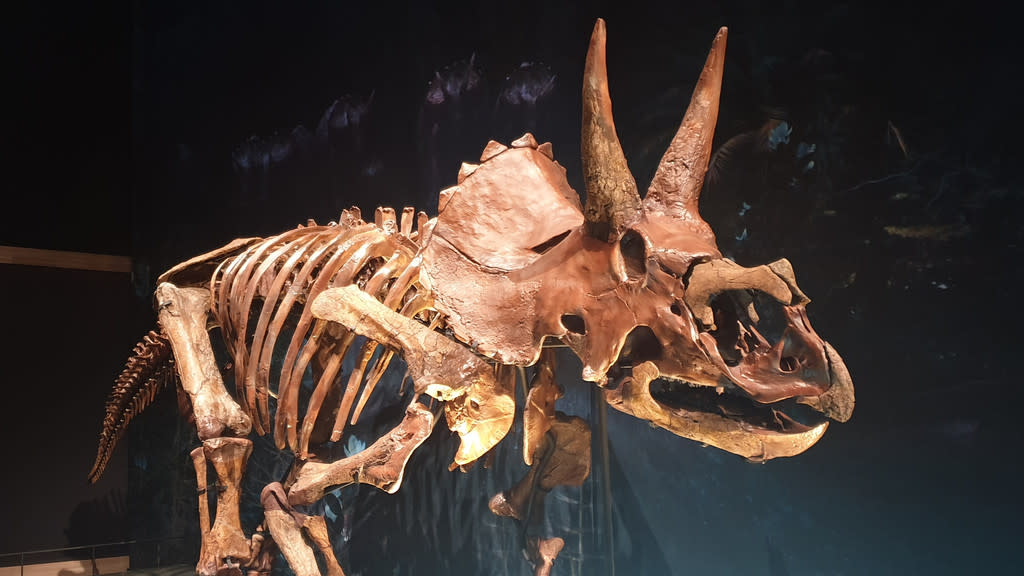'They do move in herds!' Dutch team of Triceratops experts prove Jurassic Park right

After a decade of research a Dutch team of palaeontologists have proven that Steven Spielberg was right - dinosaurs like triceratops did move in herds.
In the 1993 film, Sam Neill’s character Dr. Alan Grant is pleasantly surprised to see his theory that dinosaurs moved in herds confirmed by live animals.
Now, a real-life team of scientists have finally proven that the horned herbivore, one of the dinosaurs memorably featured in the movie, did indeed move in migratory groups - or “herds” as Dr. Grant would have it. The team from Naturalis Biodiversity Center in the Netherlands was actually looking for a Tyrannosaurus in 2013 in Wyoming when they made what would prove a pivotal discovery. Instead, they found a triceratops - the famous dinosaur with the three horns and the large neck frill.
Then they found another one. And another one. And more. The dig turned into a project that would last for more than ten years. All in all, they dug up 1200 bones and bone fragments, comprising at least five individuals. A team of professional and volunteer paleontologists and technicians spent years removing them from the quarry.
Palaeontologist Jimmy de Rooij, presented his findings as part of his PhD from Utrecht University.
“The material is of very good quality”, De Rooij reflects on the dino detective story that is his PhD thesis.
The details of the bonebed indicate that the five dinosaurs died together, possibly mired in a swamp. They are in a thin layer of rock, without bones of other species.
Research into the physical and chemical properties of the hundreds of triceratops teeth tells of a migratory existence - one that was the same for all five of the dinos. In other words: this species of dinosaur teamed up, at least occasionally.

 Yahoo News
Yahoo News 
